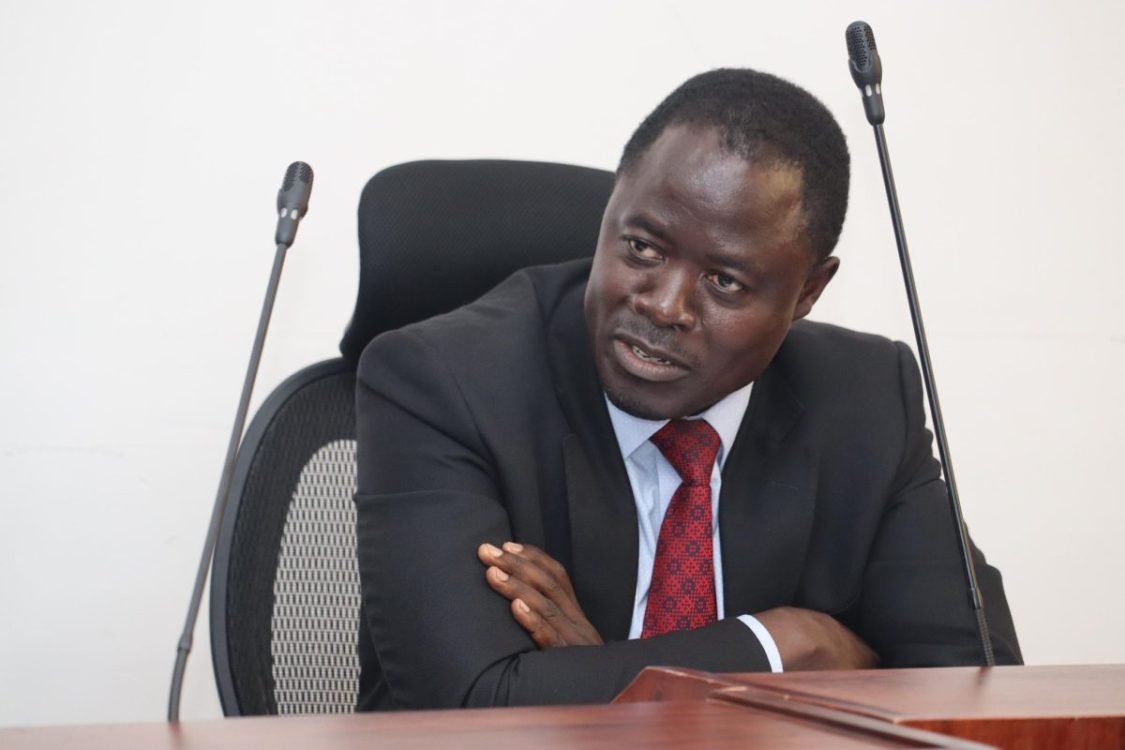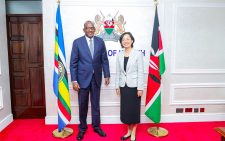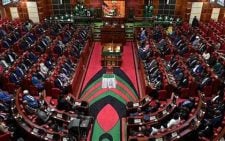Non-profit organisation Sarakasi Trust preparing young creatives to turn their art into profitable ventures

When the Covid-19 pandemic hit the globe, everything came to a standstill and the creative industry was hit where it hurts the most.
Gigs stopped coming through for a majority of artistes and it was time to reinvent the wheel.
Unsurprisingly, in the face of the unknown, artistes have been reinventing themselves by adapting to new creative ways of dispensing their artistic practice.
The pandemic has also put working structures of state agencies and other like-minded stakeholders concerned with youth development in limbo, forcing them to rethink ways in which their youth development agenda should continue to operate.
One group that Covid-19 sent their activities into disarray is the CID Dance Crew from Mtwapa in Kilifi county.
The group of seven, led by Charles Mwangi, started in 2015 at a local church where they met and decided to turn their hobby into an income-generating activity.
After months of practising, they started getting gigs such as road shows and video shoots for music artistes and with time corporate organisations started noticing them and contracting them for gigs.
In March last year, they were selected to join Sarakasi Trust’s Talanta Na Kazi programme— a Mombasa-based initiative designed to use the arts as a vehicle to promote social change and economic empowerment among vulnerable youth in the coastal region.
More specifically, the project is to build the professional capacity of the participants, develop their skills with the goal of gainful employment in their respective fields, and teach them how to be leaders and agents of social change in their communities.
Sarakasi Trust was established in Nairobi in 2001 in response to the need to further develop and promote culture, performing arts and entertainment in East Africa focusing on acrobatics, dance and music.
But with Covid-19 constantly sending the world into intermittent lockdown, many of its projects, including Talanta Na Kazi, were halted.
However, some have resumed with strict observation of laid Health ministry guidelines.
“Before enrolling with Talanta na Kazi, we used to dance mainly to entertain, but now our performances are based on educating the public on a number of issues affecting the youth, especially drug and substance abuse and leadership.
These are some of the things we were not aware of, but have now incorported them in our choreography. The value addition has been immense,” Mwangi tells Spice.
Varrying facets
Mwangi, a young choreographer has been under the tutelage of one of the regions dance greatest, Edwin Ooro aka Edu with his legion of Sarakasi Dancers.
“Upon the start of the programme, Edu and his team began mentoring us, teaching us valuable lessons on talent management, communications, entrepreneurship, marketing, gender studies, strategic planning, and leadership among other relevant issues.
One critical lesson for the group was how to monetise our performances through the digital platforms to maximise our incomes,” adds Mwangi.
“It has been an amazing journey turning all these raw talents into something fine and ripe for the industry.
The curriculum created by KCA University equips them better to commercialise arts as entrepreneurs because it is important for them to embrace the business aspect of the arts,” says Edu.
“Talanta Na Kazi is one of the key projects we set up to use arts to promote social entrepreneurship and cultural development, while empowering the youth with mentorship programmes that nurture their talent and expand their capacity through life skills,” says Sarakasi Trust MD Marion Op het Veld.
The project, which has so far empowered 200 youths from Kilifi and Mombasa, also saw four winners go home with a grant of Sh100,000 each.
“Many of us young creatives did not have access to such information key in growing our young careers.
At the same time, we also need to look critically at other matters affecting us as the youth in this nation, such as meaningful youth participation in national debates and being involved in formulation of youth-related policies.
At the end of the day, we got a chance to see the creative world though a different and yet existing angle,” shares Nancy Nana, an actor and the programme’s student leader in Mombasa county.
Important partnerships
According to Coast region Youth Affairs coordinator, Willis Ombima, such partnerships are key in scaling up youth’s economic and social lives in the creative industry, which he acknowledges is crucial in fighting unemployment.
“The government continues to play a supportive role by providing, for example, a better environment for such partnerships to occur.
We have put in place legal structures such as the Kenya Youth Council and Kenya Youth Development policy (2019) whose framework offer clear mechanisms of implementing and coordinating these partnerships at national, county and sub-county levels, down to youth at the grass roots,” says Willis.
The government has built a studio in Jomvu, Mombasa county, where artistes can record their music.
“We can use youth talent to build an identity though shared values such as arts, and we know arts resonates with their hearts and passions.
Apart from encouraging them to earn through their talents, we can use the same art to encourage them to fully participate in national affairs, something that has been missing, but now we are keen on as a government,” Willis says in conclusion.











